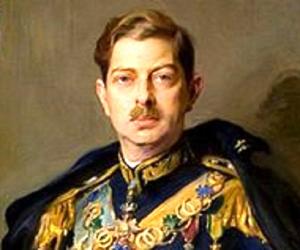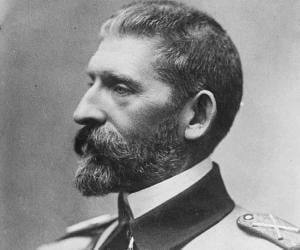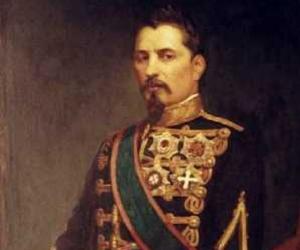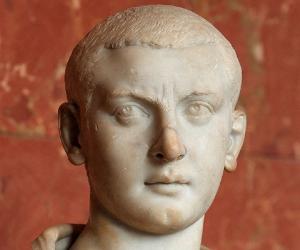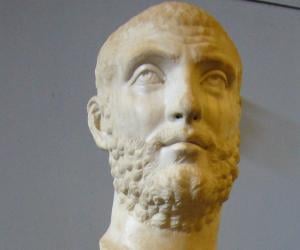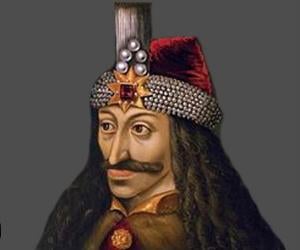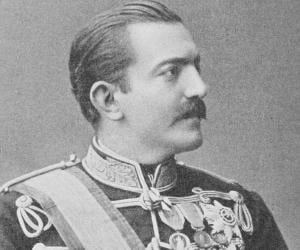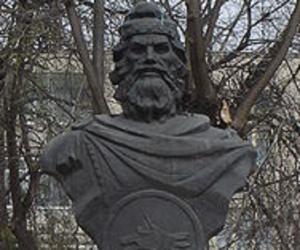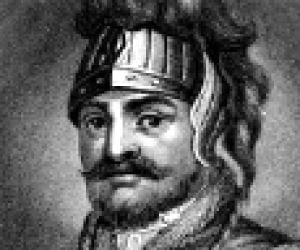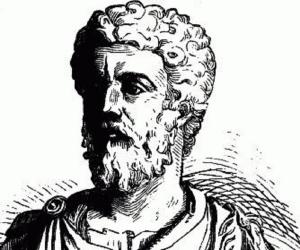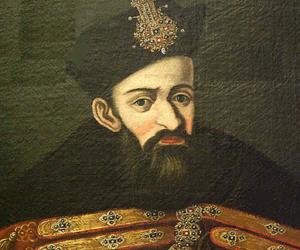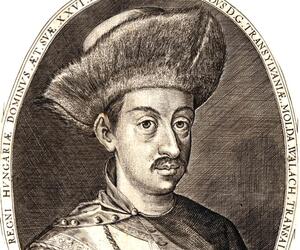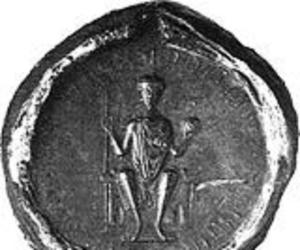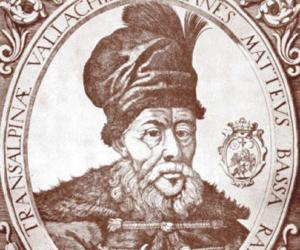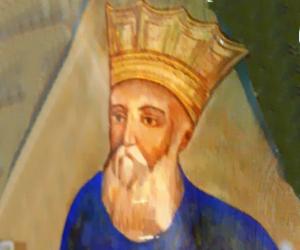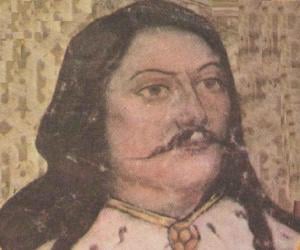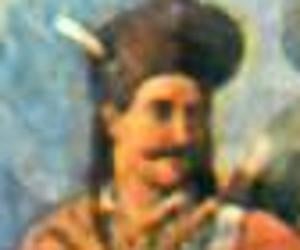1
Michael I of Romania
(The Last King of Romania (1927 - 1930))
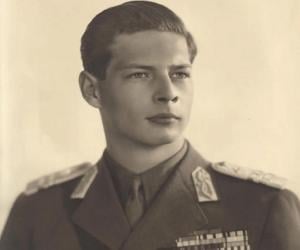
26
10
Birthdate: October 25, 1921
Sun Sign: Scorpio
Birthplace: Peleș Castle, Sinaia, Romania
Died: December 5, 2017
Michael I of Romania was the last king of Romania, reigning twice from 1927 to 1930 and again from 1940 to 1947. He faced challenges such as a regency council during his first reign, his father's return to power, and aligning with Nazi Germany. Michael later led a coup against a dictator, declared an alliance with the Allies, and resisted a pro-Soviet government. He was eventually forced to abdicate, leading to exile and efforts to return to Romania post-communism.

